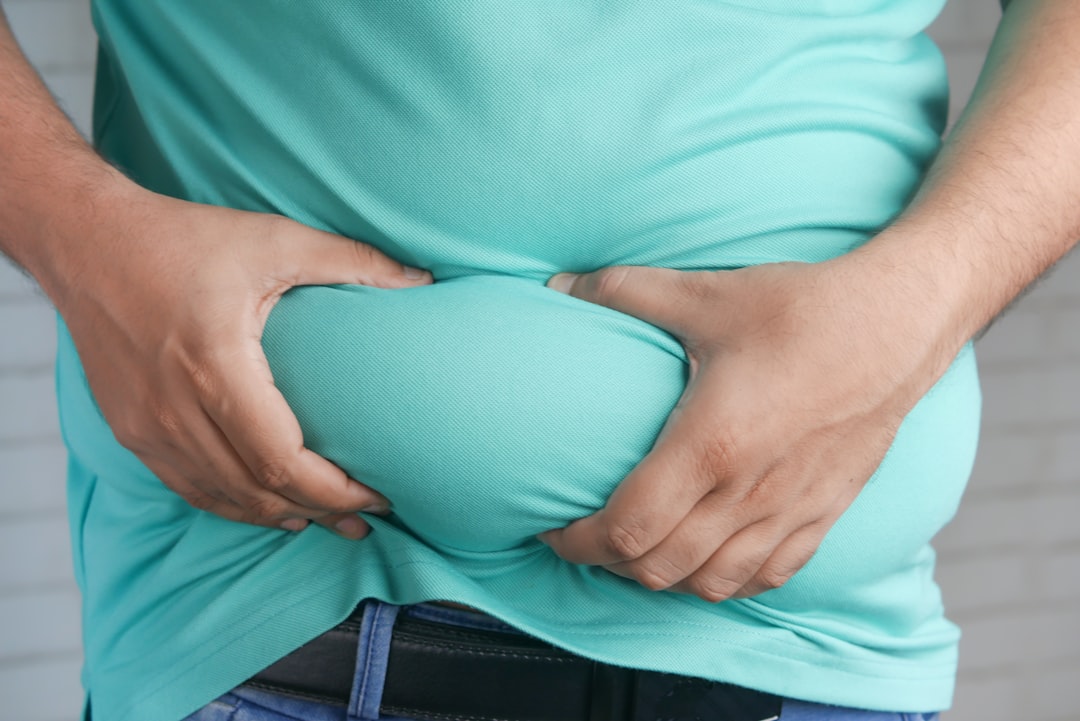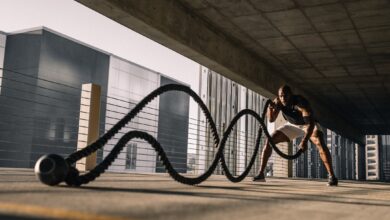Can Walking Alone Melt Your Belly Fat? Find Out Here!

Thinking about ditching the gym and hitting the pavement to lose that stubborn belly fat? You’re not alone! Many people wonder if simply walking can be the key to a slimmer waistline. As a fitness enthusiast and healthy living advocate, I’m here to break down whether walking alone can melt belly fat, and how to maximize your walks for the best results.

The Truth About Walking and Belly Fat
Let’s get straight to the point: walking can absolutely contribute to reducing belly fat, but it’s not a magic bullet. It’s part of a bigger picture that includes your overall diet and lifestyle. Belly fat, also known as visceral fat, is the fat stored deep within your abdomen, surrounding your organs. It’s linked to increased risks of heart disease, type 2 diabetes, and other health problems. So, getting rid of it is about more than just aesthetics.
Walking is a fantastic form of low-impact exercise that burns calories. When you burn more calories than you consume, your body starts tapping into its fat reserves for energy, and that includes belly fat. The key is to walk consistently and at an intensity that challenges you.
How Walking Burns Belly Fat: The Science
When you walk, your body utilizes energy from various sources, including carbohydrates and fats. The longer and more intensely you walk, the more fat your body burns. Walking also helps to improve your insulin sensitivity, which is your body’s ability to use insulin effectively. This is crucial because insulin resistance can lead to increased belly fat storage.
Furthermore, walking can reduce stress. When you’re stressed, your body releases cortisol, a hormone that can promote fat storage, especially around the abdomen. A regular walking routine can help manage cortisol levels, making it easier to shed belly fat.
Making Walking Work for Belly Fat Loss
To maximize the belly fat-burning potential of your walks, consider these strategies:
- Increase Intensity: Instead of just strolling, try brisk walking. This means walking at a pace where you can still hold a conversation, but you’re breathing harder than usual.
- Incorporate Intervals: Add short bursts of higher-intensity walking to your routine. For example, walk as fast as you can for one minute, then slow down for two minutes to recover. Repeat this several times during your walk.
- Walk Uphill: Find hills or use a treadmill to simulate inclines. Walking uphill increases the intensity and burns more calories.
Remember, consistency is key. Aim for at least 30 minutes of brisk walking most days of the week. You can break this up into shorter sessions if needed, such as three 10-minute walks throughout the day.
The Importance of Diet
Walking alone won’t magically erase belly fat if you’re eating a diet high in processed foods, sugary drinks, and unhealthy fats. To truly melt belly fat, you need to combine walking with a healthy, balanced diet.
Focus on whole, unprocessed foods like fruits, vegetables, lean protein, and whole grains. Limit your intake of added sugars, saturated and trans fats, and processed foods. Drink plenty of water to stay hydrated and help your body burn fat more efficiently.
Portion control is also crucial. Even healthy foods can lead to weight gain if you’re eating too much of them. Pay attention to your hunger cues and eat until you’re satisfied, not stuffed.
Other Lifestyle Factors
Besides walking and diet, other lifestyle factors can impact belly fat. Getting enough sleep (7-8 hours per night) is essential for hormone regulation and weight management. Chronic sleep deprivation can increase cortisol levels and promote belly fat storage.
Managing stress is also important. Find healthy ways to cope with stress, such as yoga, meditation, or spending time in nature. Avoid unhealthy coping mechanisms like emotional eating or excessive alcohol consumption.
Safety First!
Before starting any new exercise program, especially if you have underlying health conditions, it’s always a good idea to consult with your doctor. Here are a few safety tips to keep in mind when walking:
- Wear appropriate shoes: Choose supportive shoes that fit well and provide good cushioning.
- Warm-up before walking: Start with a few minutes of light stretching or walking at a slower pace.
- Stay hydrated: Drink water before, during, and after your walk.
- Be aware of your surroundings: Walk in well-lit areas and be mindful of traffic.
- Listen to your body: If you experience any pain, stop walking and rest.
Alternatives to Walking
While walking is a great option for many, it might not be suitable for everyone. If you have joint problems or other limitations, there are other low-impact exercises that can also help burn belly fat, such as:
- Swimming: Swimming is a full-body workout that’s gentle on the joints.
- Cycling: Cycling is another low-impact option that can burn a lot of calories.
- Yoga: Yoga can help reduce stress, improve flexibility, and build muscle.
The best exercise is the one you enjoy and can stick with consistently.
Frequently Asked Questions
How long does it take to see results from walking?
It varies from person to person, depending on factors like your starting weight, diet, and consistency. However, you can generally expect to see some noticeable changes in a few weeks to a few months if you’re walking regularly and eating a healthy diet.
Is it better to walk in the morning or evening?
The best time to walk is whenever it fits into your schedule. Some people find that walking in the morning helps them feel energized and focused for the day, while others prefer walking in the evening to unwind after work. Experiment and see what works best for you.
Can I lose belly fat by walking on a treadmill?
Yes! Walking on a treadmill is just as effective as walking outdoors. You can even control the incline and speed to customize your workout.
Do I need to walk every day to lose belly fat?
While walking every day is ideal, it’s not always realistic. Aim for at least 3-5 walks per week. Rest days are important for muscle recovery.
What are some tips for staying motivated to walk regularly?
Find a walking buddy, listen to music or podcasts, set realistic goals, and reward yourself for reaching milestones. Make walking enjoyable!
In conclusion, walking alone can be a valuable tool in your fight against belly fat, but it’s not the only factor. By combining regular brisk walking with a healthy diet, stress management, and adequate sleep, you can significantly reduce belly fat and improve your overall health. So, lace up your shoes, step outside, and start walking your way to a slimmer, healthier you!
Related Posts
| Lose Weight By Walking: The Exact Steps That Work |
| Walking 30 Minutes A Day: Shocking Weight Loss Results |



